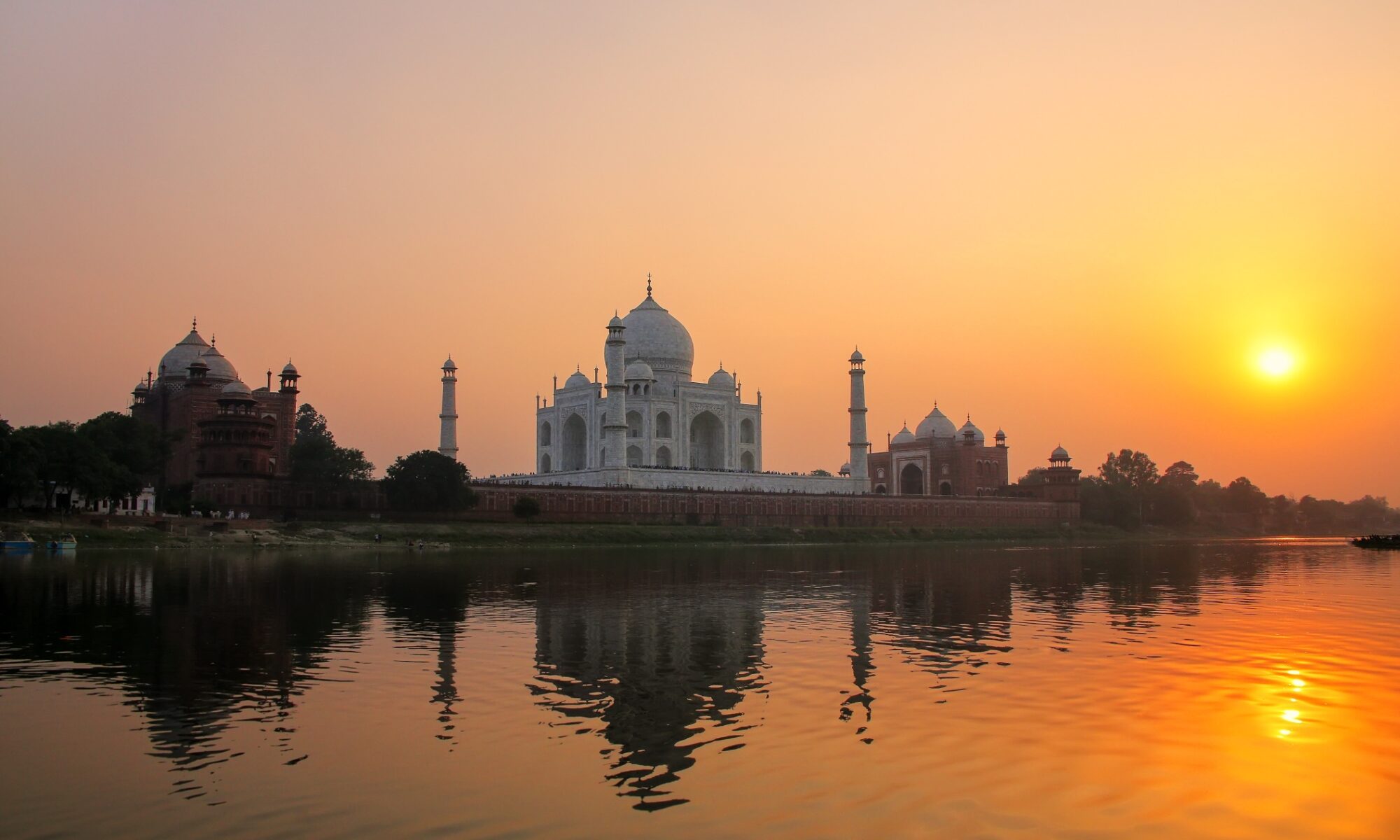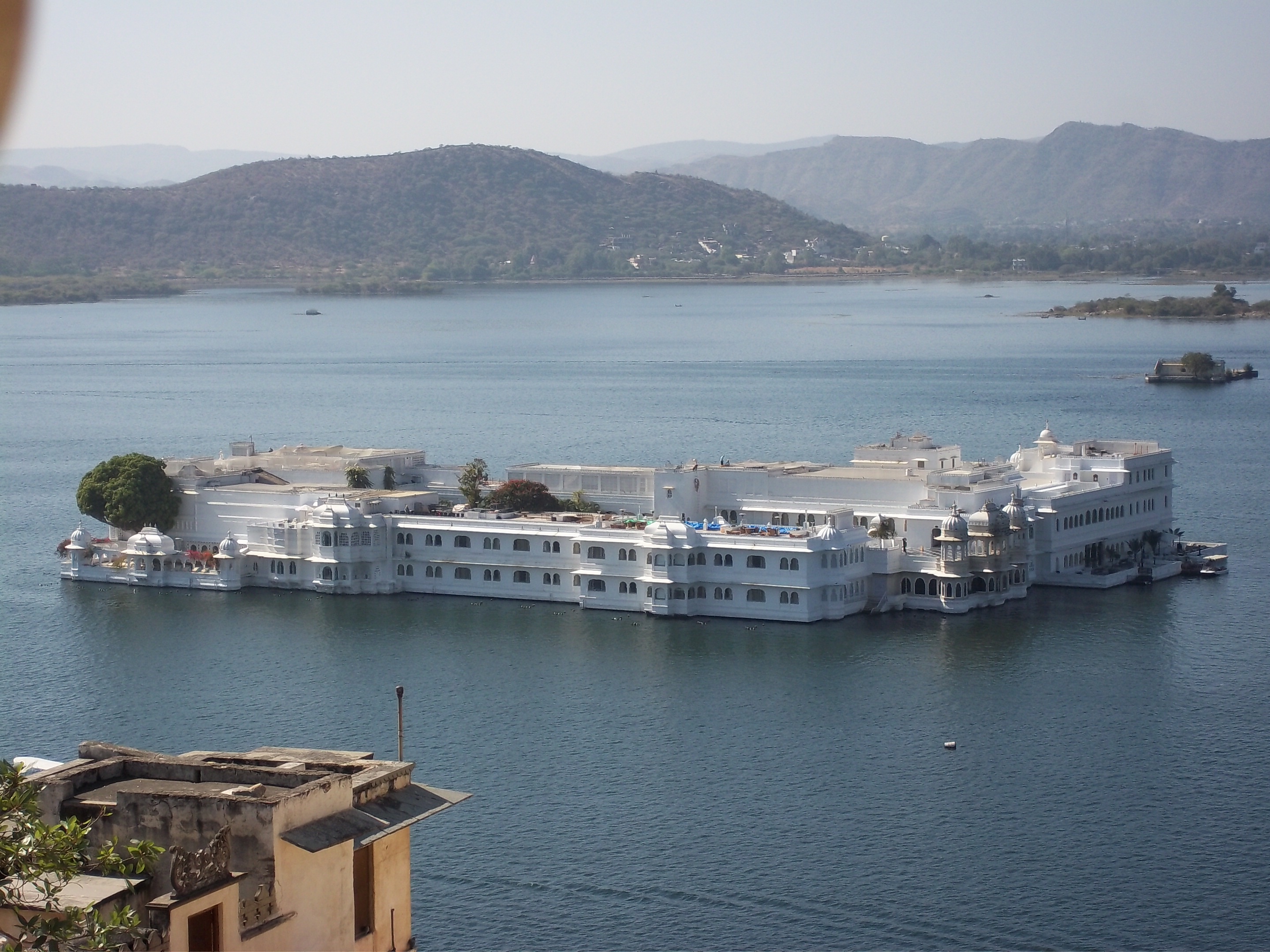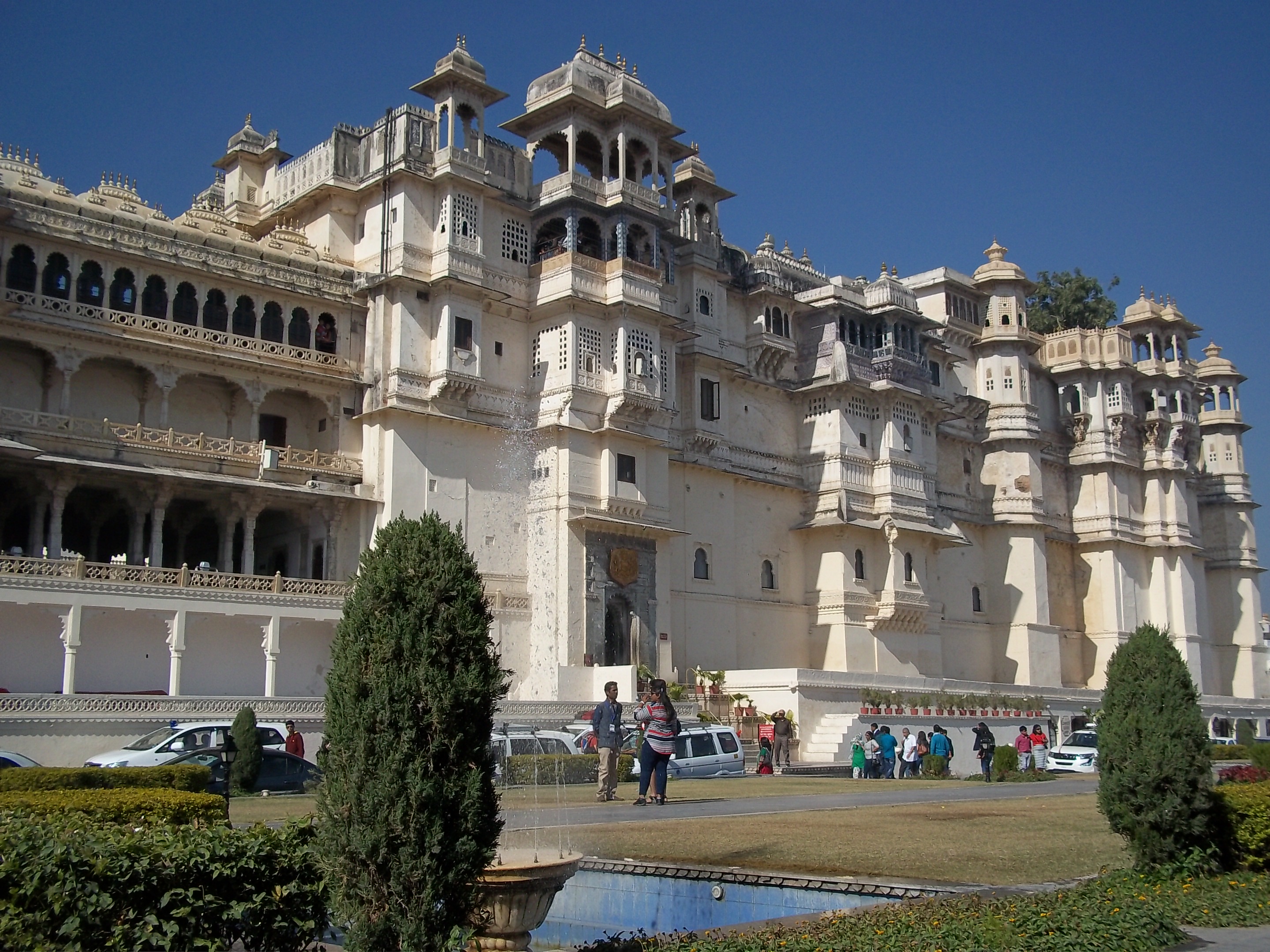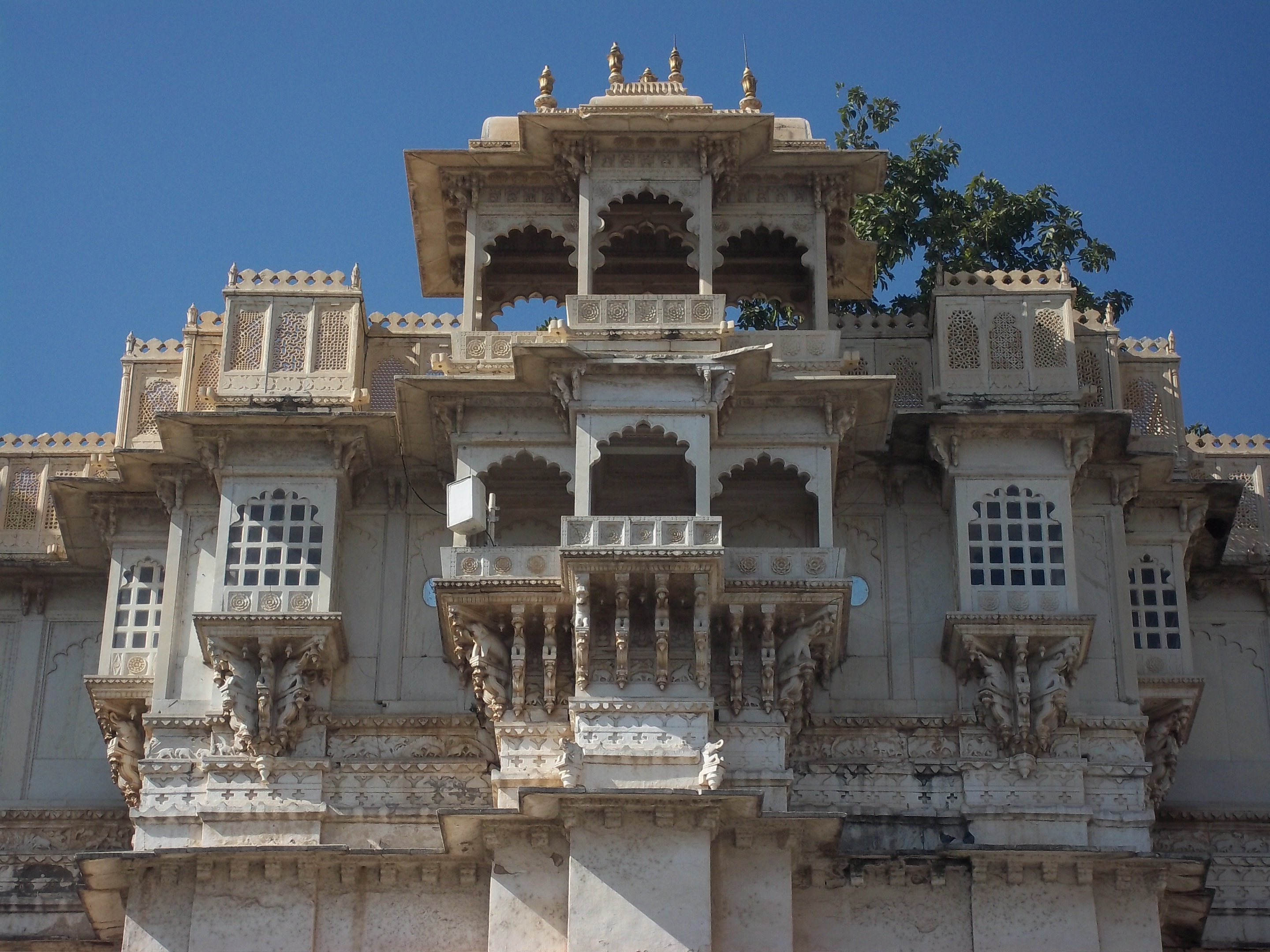Sailing down the Ganges, as it is popularly known, is a leisurely and slow pace trip through the heart of India captures the essence of life along the Ganges.
You start sailing from Allahabad (It is also called Prayagraj – one of the four places associated with Maha Kumbh that takes place every 12 years) to Varanasi – the oldest living city in the world. During the course it also offers a chance to explore and enjoy the rural culture from close. The trip can also be extended to include the marvels of Mughal and Rajputana architecture in Agra and Rajasthan with all its glory.
Tour Details
DAY 01: DELHI – ALLAHABAD
Report at Delhi Railway Station to board overnight train to Allahabad.
ALLAHABAD : one of the sacred cities of Hinduism & also one of the oldest in India. Formely known as Prayag, in commemoration of a sacrifice by Lord Brahama, Allahabad stands at the confluence of two of India’s holiest rivers, the Ganga & the Yamuna. The Sangam as the conflunece is called, is the venue of many sacred fairs & rituals and attracts thousand of pilgrims throughout the year. Akbar visited Prayag in 1575 & founded a new city by the name of Illahas, which has now become a modern Allahabad. The city was an important cantonment during the British Raj and has now some beautiful remains of colonial architecture.
DAY 02: ALLAHABAD – SITAMADHI – MURDGHAT
Met upon arrival at Allahabad Railway Station and proceed to hotel for breakfast, wash and change. If time permits take a short tour of Anand Bhawan (the birth place of first Prime Minister of India, Late Jawahar Lal Nehru), etc. After the short sightseeing drive to Sitamadhi Ghat approx 70 kms in 01 to 02 hrs. Set sail upon arrival. Lunch will be served on boat. Sail till 1800 hrs to arrive at Murdghat by covering appox 30 kms and pitch up tents on the river bank for dinner and overnight stay.
DAY 03: MURDGHAT – MIRZAPUR
Morning after breakfast start sailing further downstream, eastwards to reach Mirzapur by covering appox 50 kms. If you are lucky you can catch the wind and sail smoothly and can feel the speed also. Lunch will be served on boat around 1200 hrs. Enroute visit the Hindu temple dedicated to the Goddess Kali who is the gardien of Vindhyachal Mountain Ranges by noon. Sail further towards Mirzapur. Mirzapur is well known for its Hand Woven Cotton, Woolen Carpets and Brass ware. Arrive and pitchup camp beyond Mizapur on the banks of the river for dinner and overnight stay.
DAY 04: MIRZAPUR – VARANASI
Morning after breakfast sail towards Varanasi. Enroute visit Medeival Fort of Chunar, built by legendry King Vikramaditya, appox at 0800 hrs. Now the fort has been converted as training centre for the Uttar Pradesh Police. You are allowed to see only a little portion. On the way to the fort there is a Cematory of Britishers who had a short spell of power at Chunar. Sail further towards Varanasi, stopping at Ramnagar to see the Palace Museum with its collection of weapons of diffrent types, Palinquins, Ivory Items, Cars etc. appox at 1200 hrs. Lunch is served on the boat. River trip terminates at the first of the ghats, Lanka Ghat. Met upon arrival and transfer to hotel for dinner and overnight stay.
DAY 05: VARANASI
VARANASI : Also knwon as Banaras. It is one of the oldest living cities in the world & the ultimate pilgrimage for Hindus who believe that to die in the city is to attain instant salvation. Situation on the banks of the Ganga, Varanasi is the tract of holy land lying between the rivers Varuna & Assi which flow into Ganga. Varanasi is also known as Kashi, the city of light, since on of the twelve “Jyotirlingas” are installed here.
Morning after breakfast proceed to SARNATH . After Lord Buddha attained enlightenment in Bodhgaya he came to Sarnath. Several Buddhist strutures were raised at Sarnath between the 3rd century BC & the 11th century AD. Afternoon visit the famous Banaras Hindu University. One of the oldest educational University in India. Founded by Pandit Madan Mohan Malviya as a centre for the study of Indian art, culture, music & also for sanskrit. Return to the hotel for dinner & overnight stay.
DAY 06: VARANASI
Early morning proceed for the exciting Boat Cruise on the Holy River Ganges to witness the Sunrise. You can see locals as well as pilgrims standing in waist deep water praying to the rising sun and offering flowers and lighting oil lamps. On the ghats is situated the cremation ground where nearby itself people are engaged in washing cloths, vessels, animals. Enjoy the cruise and proceed for a short Temple tour covering Kashi Vishwanath temple also known as Golden Temple (Entry is restricted here) one can see the golden domes from the roof of an adjacent building, Bharat Mata temple (which is dedicated to whole of India), Kali Temple (known as Monkey temple because of their presence at all times). After lunch departure transfer to railway station in time to board the train for Delhi. Overnight in the train.
DAY 07: DELHI
Morning arrive at Delhi Railway Station.
For Price Contact Us







